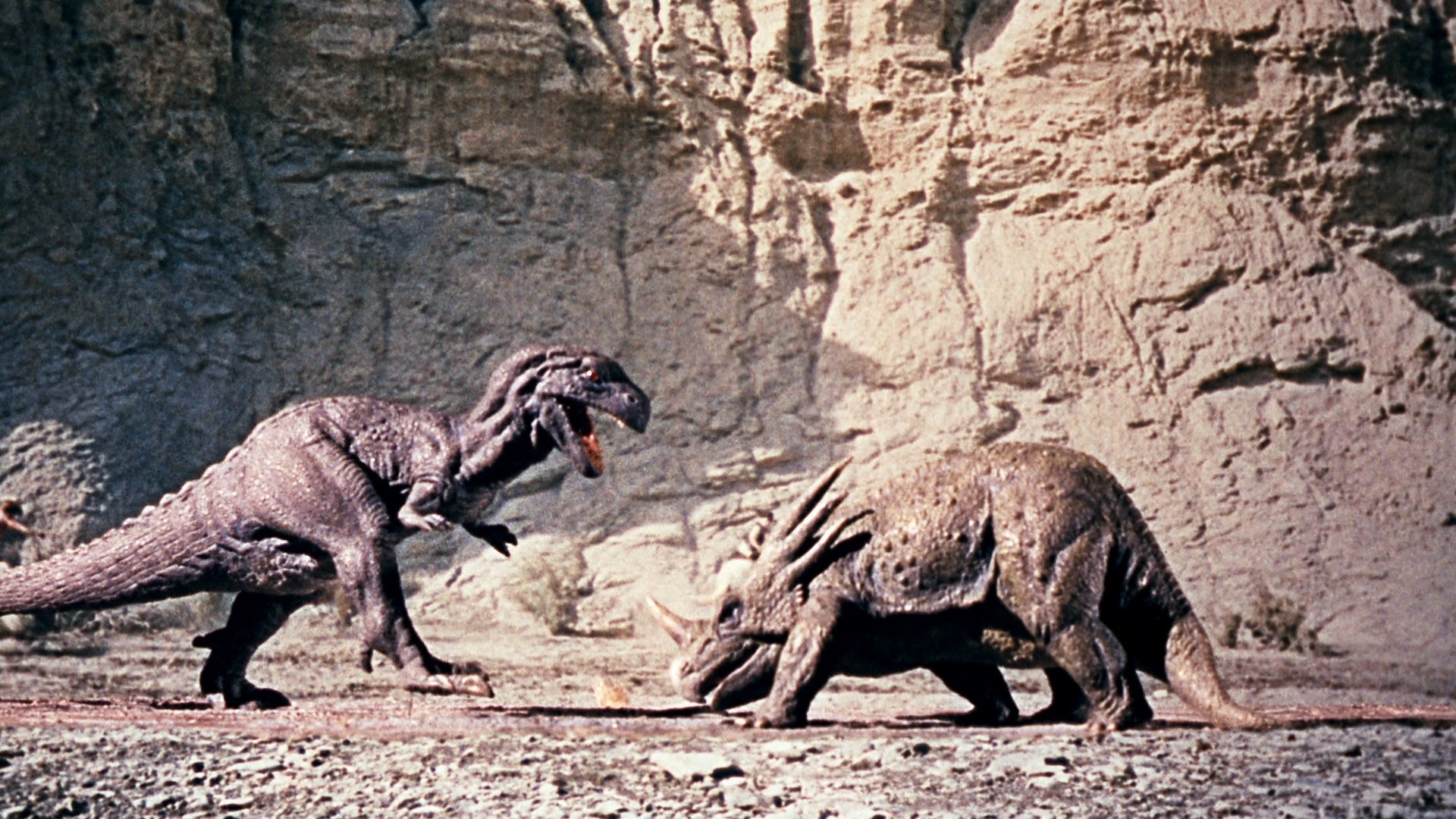How to Become a Planet, by Nicole Melleby (Algonquin Young Readers)
Fourteen year old
Pluto is an engaging youngster, as passionate about astronomy as she is puzzled
by the changes in her life and herself. Within a short period of time, she’d
gone from a happy science geek who hangs out with her best friend on the
boardwalk where her divorced mother runs the family pizzeria, to a stranger in
her own skin. Sometimes she’s paralyzed with the blues, unable to even get out
of bed, and the next she’s caught up in senseless fury. It’s as if the mood
swings of normally hormonal adolescence have been amped up to pathological
proportions. Even with a supportive mother, a psychiatric diagnosis complete
with medications and a recommendation for psychotherapy, and a novel way of
using astronomical concepts as metaphors for what she’s going through, Pluto is
drowning. Not only is she progressively alienating everyone she cares about, she’s stopped caring. Only when her rich city father ramps up the pressure
for her to live with him does she formulate a desperate plan: a list of all the
things she must do in order to stay at home.
Take medication.
Visit the planetarium with Mom.
Go to Former Best Friend’s Birthday party… and so on.
The list, Pluto
believes, will prove that she can return to her old, “true,” “normal” self. But
things don’t go as planned. As Pluto embarks upon her tasks, they become even
less within her reach. The summer takes one unexpected turn after another. The tutor whom Pluto was sure she’d hated
turns out to be a sympathetic ally, and a new friend with a checklist of their
own has a secret Pluto can sympathize with.
Society tends to
“other” people with mental illnesses. Historically, they were seen as possessed
by devils or cursed by angry gods, as witches, or as eccentric, lazy, or
selfish. Treatments ranged from trephination (drilling holes in the patient’s
skull), to exorcism to locking the mentally ill in horrific prison-like
asylums. Even today, when effective treatments allow many, even those with
serious diagnoses, to lead functional lives, the stigma persists. All too
often, the person is seen only as their illness, and their insights and
contributions therefore dismissed as invalid. Young people are particularly
vulnerable to public shaming. It’s hard enough for even “normal” teens to
figure out who they are and what they want in life. How to Become a Planet focuses on Pluto as a sympathetic character,
a person who is both resourceful and overwhelmed, insightful and confused by
changes in herself. Her use of astronomy metaphors is particularly vivid and
powerful. Above all, Pluto is a person whose brain chemistry isn’t working
quite right, not a diagnosis, and this excellent novel showcases her journey
toward a new balance in her life.
As for my personal
reaction, I must confess that, although I am an older adult, I gobbled up this
book. Pluto’s voice was so compelling, and her struggles so resonant, that the
story connected with me on a deep level. Although I did not suffer depression
as a teen, I struggled with PTSD as an adult. The times Pluto absolutely cannot
motivate herself to engage with her day were chillingly familiar. And, just as
Pluto took small steps toward understanding her “new normal,” that’s how it
went with me. Besides skillful therapy and appropriate psychiatric medicines,
unexpected acts of kindness and new friendships as well as old carried me
through the dark times. Pluto comes to accept that she is now and will forever
be different from who she was before. I can never go back to the person I was
before my own trauma. But I can heal and grow and live a fulfilling life. I
wish the same for Pluto. She’s made an excellent start.











:max_bytes(150000):strip_icc():format(webp)/Pyrenean_Ibex3x2-2bdff29044df4e2ba85cf5908fee622c.png)